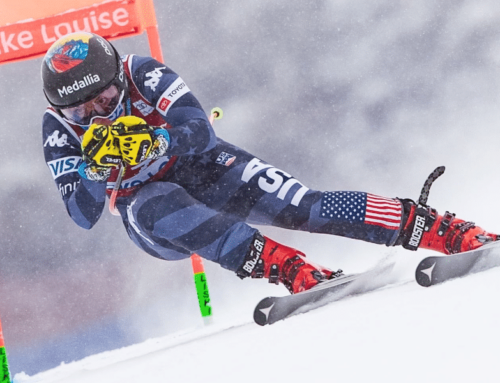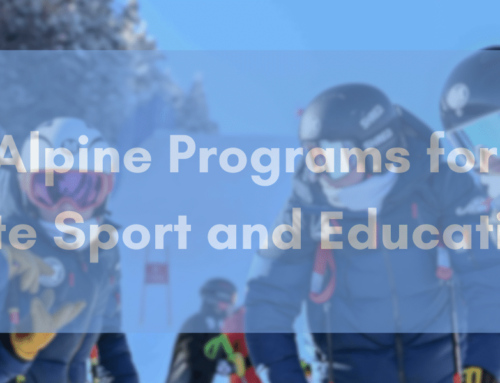Dwyer: The golden age of skill development
One of our top strategic initiatives at Ski & Snowboard Club Vail has been to expand programming and time on snow for athletes at the elementary school level. All of the greats have one thing in common: a lot of time on snow during the golden age of skill development, which is roughly from age eight to puberty for girls and nine to puberty for boys. Children as young as age six can benefit from higher frequency on snow, as this is the early phase of skill development. It is important to emphasize that skill development does not necessarily mean gate training. In fact we believe the emphasis should be on drills and directed free skiing with the intention of developing general skills. Furthermore developing foundational skills can be done anywhere at relatively low cost. The broader the general skill foundation the greater the progress when athletes move to specific skill/gates.
Sports science has identified a period before puberty as the optimum time to learn skills. The chronological age of an athlete is often very different from the physiological age due to differing maturation levels. Furthermore, there is almost always a faster, younger maturation with females compared to males, and therefore, it is advantageous to offer more high-quality, individualized training opportunities for athletes as young as six through age 12. This will capture the early maturing, middle-maturing, and late-maturing athletes. During this window, the athlete can develop skills much faster and better than during other periods. The physiological development differences of these athletes may not translate into short-term results, but once the physiological maturation evens out, the athlete with the higher skill set will rise ahead of the less skilled.
If this window is missed, it is often difficult or impossible to make it up later. Hence the critical importance of youth programming.
Ski & Snowboard Club Vail has targeted this opportunity utilizing the local nature of its community-based programming. In this initiative, our target population is the Vail Valley, which enjoys a significant population of passionate, athletically minded residents. This allows us to work closely with athletes at the elementary school level — athletes whose families won’t have to relocate or incur inordinate expenses to pursue time on snow.
Specialization vs. multiple sports per year
Kids can’t be expected at a young age to truly understand what they may ultimately be passionate about. They should simply dip their toes in the water and develop a feeling for activities that may grow into a passion. Our job is not to push them into becoming world-class athletes. Our job is to make sure — if they do ultimately decide to pursue one of our sports at a high level — we’ve given them the foundation to be successful, and that includes frequency and quality of practice at a young age.
At SSCV, children as young as third grade have the opportunity to train on snow two days during the week in the afternoons and then again on Saturday and Sunday. For young athletes who are more precocious and already have developed the intrinsic motivation inspiring them to practice more, we provide on-snow time five days per week every other week. To make all this possible, we expanded our partnerships with Eagle County Schools — a partnership that has worked successfully to create the country’s first public snowsports academy, Vail Ski & Snowboard Academy in Minturn, and with Vail Mountain School.
For the entry level of SSCV this could include multisport opportunities where young athletes are involved in up to three of our five snowsports. Initially what’s important is the time on snow, not necessarily specializing in one discipline or another. You see a lot of cases where alpine kids switch to Nordic and become world class, as Vail’s Sylvan Ellefson did, or snowboarders who switch to alpine, or alpine skiers who switch to moguls or freeski. It happens all the time.
It is important, prior to puberty, that the involvement in a snowsport is a concentration within the season, rather than specialization in one sport. To optimize general athletic skill development, avoid overuse syndrome injuries, foster enjoyment, and encourage participation in multiple sports. So we want to see frequency of practice and concentration rather than sports specialization. As our young athletes develop more affinity for one of the snowsports, they can elect to concentrate more in that discipline.
The second part of the SSCV initiative involved fundraising to attract and subsidize highly qualified youth coaches while keeping the programs as affordable as possible.
This program provides a foundation for our kids if and when they fall in love with a sport and choose to pursue it at the highest levels. At the very least, it contributes to physical literacy and provides motivation to enhance academic performance, not detract from it. If and when young athletes fall behind in school, they will have their skiing days reduced appropriately. In general, we’ve found complementing academics with activity in sports tends to improve performance in the classroom by providing motivation.





















